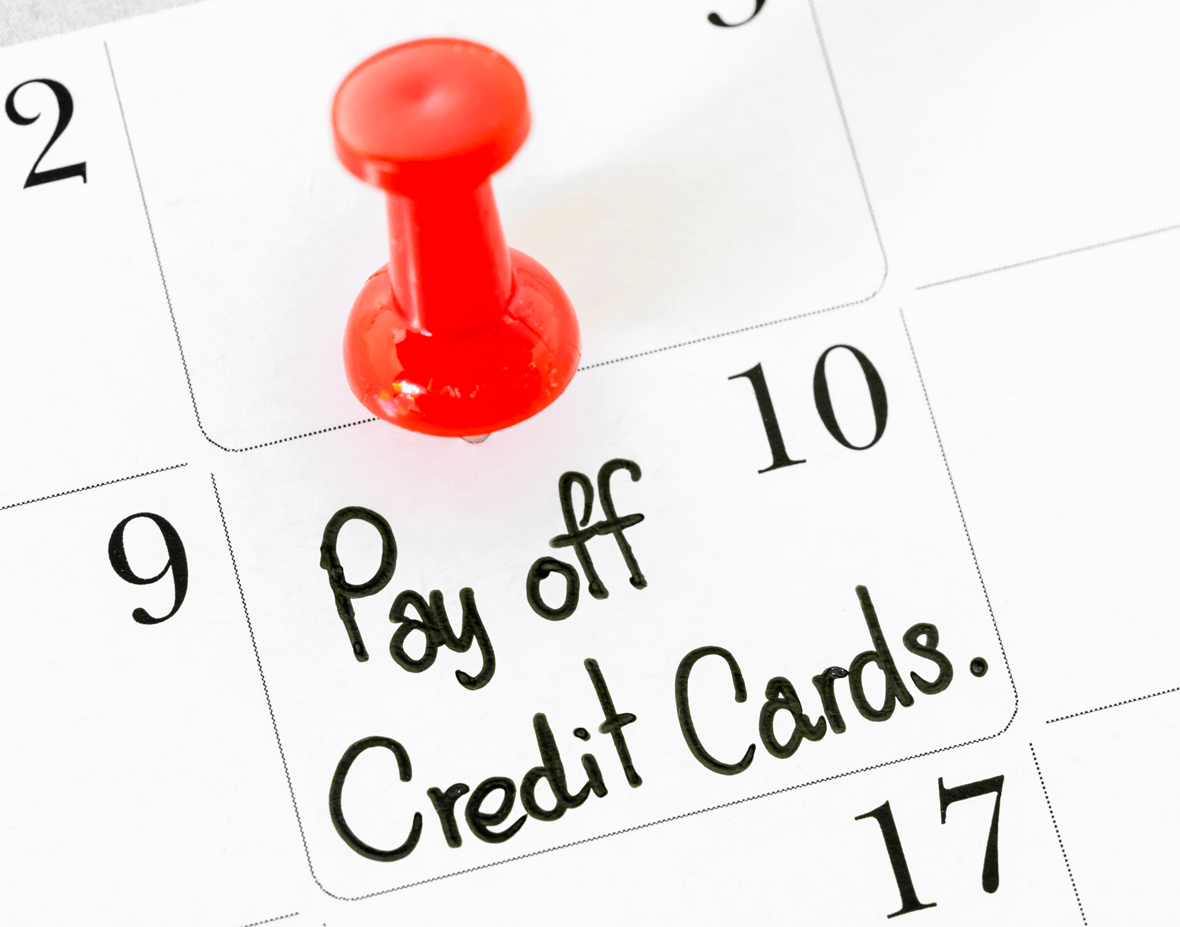
Saving up the money for a home can seem like a big hurdle at first, but the truth is you can probably achieve your goal faster than you think as long as you’re dedicated. There are several ways you can build up the savings you need for a down payment and make your dream of homeownership a reality.
Here are strategies that can help you put together your down payment and even reach other financial goals in the future.
1. Determine How Much You Need
Before you start saving, you will want to have an end goal in mind. If you’re buying a home for less than $500,000, you will need a down payment of at least 5%, but more is always better. To know how much is needed for a down payment, you’ll need a good idea of how much you can afford to pay for a home.
In general, you should spend no more than 35% of your monthly net income on a housing payment. A down payment calculator can help you determine how much home you can afford and what you will need to save. You can either determine a maximum monthly payment you’re comfortable with and work from there, or use a down payment amount to determine how much you can borrow.
 2. Make Your Home a Priority
2. Make Your Home a Priority
Once you have a savings goal, you will need to make saving up your down payment a priority. Before buying a new gadget, eating out at a restaurant, or taking a trip, ask yourself: is it more important than buying a home?
Even small purchases can add up quickly and push homeownership further out of your reach. When you make saving for your home a top priority, look for areas in which you can cut back. Remember that every dollar you save somewhere else can put more money into your down payment fund.
3. Create a Realistic Budget
A budget is merely a plan for how you will spend the money you receive each month. A realistic budget can show you where your money is going, how you will reach your goals, and where you can save more money by reducing expenses.
To create a budget, track your spending for a month or two, including even lattes and bus passes. Sort your spending each month into categories to see where your money is going and how much you normally spend. From there, you can create a monthly budget with spending thresholds for categories like entertainment and dining out. Make sure you include savings on your budget. A good goal is saving 10-20% of your income. If necessary, reduce spending in other areas to help you reach it.
Our Monthly Budget Worksheet can help you to accurately track your expenses and reach your goals!
 4. Pay Off Debt
4. Pay Off Debt
While putting money toward paying down your credit will divert cash away from your savings, for now, it’ll help you save much more in the long run. After all, it’s hard to save money if you’re paying interest to someone else on the money you already spent. Paying off credit card debt and a car loan can also help you qualify for a mortgage when the time comes.
Make a comprehensive list of all of your debts with balances and interest rates. Next, determine how you will pay them off. There are two easy ways to make progress on credit card debt. Both require making minimum payments on all accounts but one, which will be targeted with the most money you can afford.
- Debt snowball method. This method speeds up how long it takes to pay off debt. Organize your debts from the smallest balance to the largest. Allocate as much money as you can toward the smallest debt while making minimum payments on other accounts. As soon as the first account is paid off, start paying down the next debt. As you pay off each balance, you will have more disposable income to dedicate to the next.
- Start with the highest interest rate. Another option is starting with the account with the highest interest rate and working your way down. This strategy may save you more money in the long run, but the downside is it may be harder to gain steam and stay motivated because it may take some time to even pay off the first account.
5. Know Where to Save Your Money
While you’re setting aside money, you want to make sure you’re getting the best interest rate possible. It may not seem like much, but interest on $20,000 in savings can add hundreds to your balance in a single year. There are a few types of savings accounts available to you. The two most popular for down payment savings are high-interest accounts and tax-free savings accounts (TFSA).
With a high-interest savings account, you will get the highest possible interest rate. The downside is you must pay income tax on all money you earn with a high-interest account that isn’t registered. A TFSA, on the other hand, has a lower interest rate but you don’t need to pay income tax on the money you earn.
6. Cut Back on Lifestyle Expenses
If you’re like most people, a large share of your income goes toward supporting your lifestyle, whether it’s going to the movies, hanging out with friends, shopping, or travelling. It may be hard at first, but think about how much cutting back on your lifestyle can help you get the home of your dreams. Here are some suggestions for doing the things you love for less.
Cook at home more frequently instead of eating out. Make a goal to dine out just once every week or two. When you do eat at a restaurant, look for coupons and other deals to save.
- Reduce your clothing budget by purchasing only clothes on sale. Shop for items that go with what you already own so you don’t need to buy 3 or 4 new items to complete your look. If you love labels, you will know that some are far more expensive than generic brands of clothing. Try looking for similar items at less expensive stores.
- Find new temporary hobbies that don’t cost much money if hobbies like collecting take up too much of your budget.
- Look for more affordable day trips rather than travelling far from home when you need a getaway.
- Turn to the library, digital lending platforms, or used books instead of buying new books.
- Keep movie night at home by renting movies or having a subscription to something like Netflix. Make popcorn and snacks at home and invite friends over for a movie night!
Don’t get overwhelmed when saving for your down payment. Rather than viewing it as a huge goal that may be two or more years away, focus on how much your savings grow each month as you take steps to reduce your spending. Before you know it, you’ll have that 5% or even 20% ready to put down on the home you deserve.




